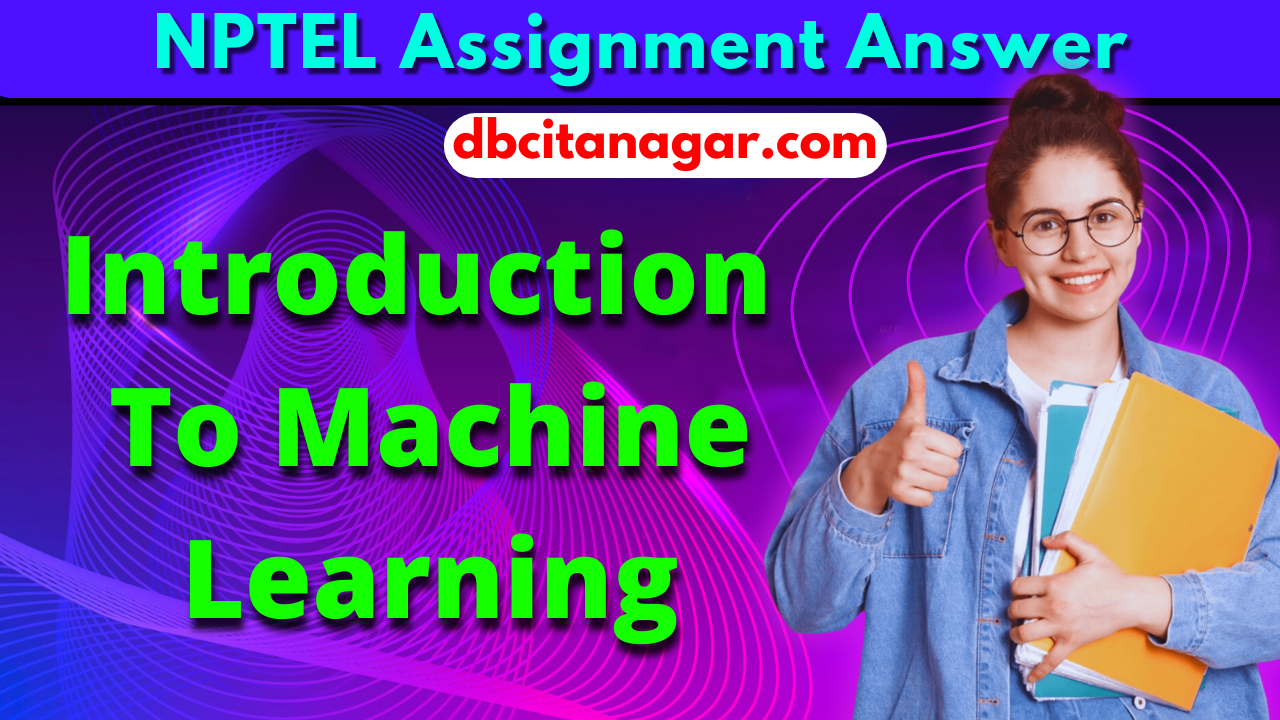NPTEL Introduction to Machine Learning Week 12 Assignment Answers 2024
1. What is the VC dimension of the class of linear classifiers in 2D space?
- 2
- 3
- 4
- None of the above
Answer :- For Answers Click Here
2. Which of the following learning algorithms does NOT typically perform empirical risk minimization?
- Linear regression
- Logistic regression
- Decision trees
- Support Vector Machines
Answer :- For Answers Click Here
3. Statement 1: As the size of the hypothesis class increases, the sample complexity for PAC learning always increases.
Statement 2: A larger hypothesis class has a higher VC dimension.
Choose the correct option:
- Statement 1 is true. Statement 2 is true. Statement 2 is the correct reason for statement 1
- Statement 1 is true. Statement 2 is true. Statement 2 is not the correct reason for statement 1
- Statement 1 is true. Statement 2 is false
- Both statements are false
Answer :-
4. When a model’s hypothesis class is too small, how does this affect the model’s performance in terms of bias and variance?
- High bias, low variance
- Low bias, high variance
- High bias, high variance
- Low bias, low variance
Answer :-
5. Imagine you’re designing a robot that needs to navigate through a maze to reach a target. Which reward scheme would be most effective in teaching the robot to find the shortest path?
- +5 for reaching the target, -1 for hitting a wall
- +5 for reaching the target, -0.1 for every second that passes before the robot reaches the target
- +5 for reaching the target, -0.1 for every second that passes before the robot reaches the target, +1 for hitting a wall
- -5 for reaching the target, +0.1 for every second that passes before the robot reaches the target
Answer :-
6. For each state, we define a variable that will store its value. The value of the state will help the agent determine how to behave later. First we will learn this value.
Let V be the mapping from state to its value.
Initially,
V(LE) = -1
V(X1) = V(X2) = V(X3) = V(X4) = V(Start) = 0
V(RE) = +1
For each state S∈{X1,X2,X3,X4,Start}, with SL being the state to its immediate left and
SR being the state to its immediate right, repeat:
V(S)=0.9×max(V(SL),V(SR))
Till V converges (does not change for any state).
What is V(X4) after one application of the given formula?
- 1
- 0.9
- 0.81
- 0
Answer :- For Answers Click Here
7. What is V(X1) after one application of given formula?
- -1
- -0.9
- -0.81
- 0
Answer :-
8. What is V(X1) after V converges?
- 0.59
- -0.9
- 0.63
- 0
Answer :- For Answers Click Here






